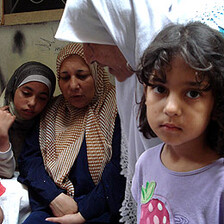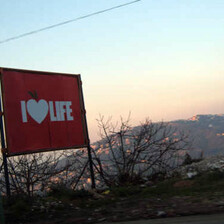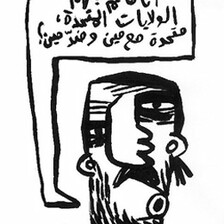Beirut 29 August 2006
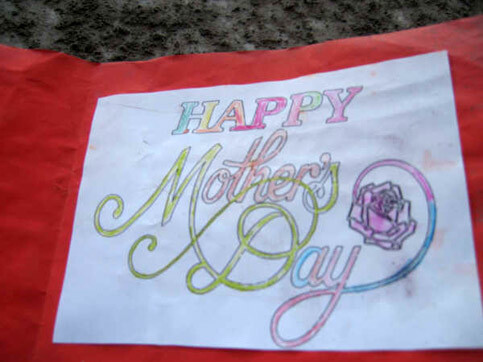
A Mother’s Day card that surfaced amongst the destruction (Mayssoun Sukarieh)
No matter how hard the photographers tried to capture with the camera what the eye sees, the picture cannot fully communicate the scene. It does not take with it the smell, the thoughts, the feelings one experiences while walking among the rubble left by the Israeli war machine.
On the TV stations, one can see the toys of children shattered everywhere, broken furniture, torn out clothes. But on the TV stations or on the pages of newspapers, these are just items, objects one sees and one’s eyes get used to them, just like how the bodies of the deceased become objectified while on screen.
It is different when one goes to the real site and sees for oneself. One feels that each item has a story — they become personalized, and one thirsts to know the story behind each item one sees. One experiences this curiosity to know its owners, the history of the broken furniture and of course whether their owners are still alive now, and if they are alive, what do they think when they look at their memories shattered by the smart bombs.
This is what I felt coming across a Mother’s Day card that survived the Israeli shelling of one of the building in the security triangle, now called the valley triangle because of the big holes created by the smart bombs.
A card made by a girl or a boy, maybe at school, lay out in the open on the rubble of one of the buildings. A happy Mother’s Day note on a red card made me want to know who was the child who offered it, what had happened to her or him, what did she or he say to the mum? Is the child still with the mum, will the child have a chance to say Happy Mother’s day again, and will the mother hear it again? Were they among those murdered by one of the smart bombs? If yes, how were they murdered? What did they say to each other before they parted? Was the child hugging the mother? What did she say to calm him? What did they say to each other? Or were they given a chance to say anything anyway? Was the smart bomb smart enough to murder them quickly without pain? Were they wounded? Did one die and the other is still alive? If yes, how would the one who will see the card feel?
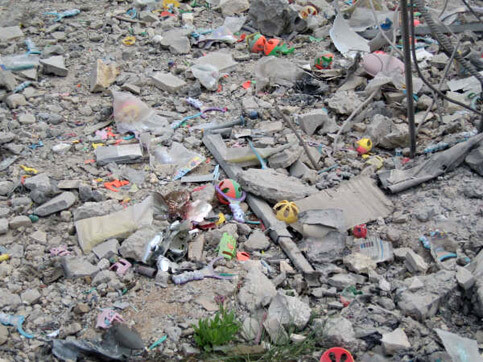
Toys strewn about in the rubble in Dahiye, south Beirut (Mayssoun Sukarieh)
It is not just a card thrown on the rubble that one can see. It is maybe the living room where the card was put, or maybe the kitchen where it was stuck on the fridge, or maybe even the bedroom, lying beside the mum. You think of the memories of the moments when the card was handed from the child to the mother and …
The personalization of the card one sees with one’s own naked eyes thrown on the rubble makes one feel that one is intruding on the privacy, the very personal pieces of the lives of those whose homes were destroyed. The smart bomb does not only lay bare the building, but also its inhabitants, and the observer becomes an intruder, like the smart bomb, into the life of those whose homes were destroyed.
A card lying on the rubble that one sees with one’s own eyes makes one wonder whether the memories of those whose houses were destroyed will ever be brought back.
A card lying on the rubble of a building one sees with the naked eye makes one question whether all those smart donations, smart aid are sufficient enough to bring back what the smart bomb has taken away.
Mayssoun Sukarieh is a native of Beirut
Related Links
